A spinal headache is a type of headache that is caused by a puncture or leak in the dura, the membrane that surrounds the spinal cord and brain. The dura is a tough, fibrous tissue that protects the delicate brain and spinal cord from injury. A small hole or tear in the dura can cause a leak of cerebrospinal fluid (CSF), which surrounds and cushions the brain and spinal cord. This leakage of CSF can cause a decrease in the pressure of the fluid resulting in a severe, throbbing headache.
Spinal headaches are most often caused by a procedure called a lumbar puncture, or LP. During an LP, a needle is inserted into the lower back to collect cerebrospinal fluid (CSF) for testing. If the needle punctures the dura, it can cause a leak of CSF. Spinal headaches can also be caused by other procedures that involve inserting needles into the spine, such as an epidural blood patch or spinal tap.

The symptoms of a spinal headache include:
- Severe, throbbing headache
- Worsening of headache when sitting or standing
- Relief of headache when lying down
- Nausea or vomiting
- Sensitivity to light or sound
- Blurred vision
- Dizziness
A spinal headache is diagnosed based on your symptoms and a physical examination. Your doctor may also order an imaging test, such as an MRI, to look for evidence of a dural leak. Treatment for a spinal headache usually involves bed rest and drinking plenty of fluids. In some cases, your doctor may recommend a blood patch, which involves injecting blood into the space around your spine to help seal the leak in your dura.
What complications are associated with it?
If left untreated, a spinal headache can lead to dehydration and malnutrition. In rare cases, it can cause brain bleeding, seizures, or even coma.
How can I prevent it?
There is no sure way to prevent a spinal headache. However, you can reduce your risk by drinking plenty of fluids and maintaining good hydration before and after any procedure that involves needles and the spine.
This image shows how often the term ‘Spinal Headache’ is used in relation to other, similar birth terms:

What are the different types of headaches?
There are many different types of headaches, including:
Tension headaches: These are the most common type of headaches. They usually feel like a tight band around your head.
Migraine headaches: These can be very severe and are often accompanied by nausea, vomiting, and sensitivity to light and sound.
Cluster headaches: These are very severe headaches that come in groups or cycles.
Hormone headaches: These can be caused by changes in hormone levels during menstruation, pregnancy, or menopause.
Caffeine headaches: These are caused by withdrawal from caffeine.
Do you know a man who wants to learn more about birth? Send him our way! Also, men and women are welcome to join our free public community of Dads helping Dads be better at birth.

